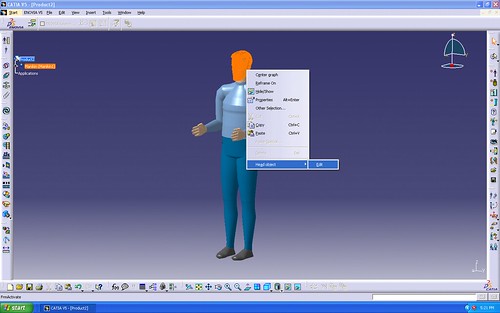
Nicolas’ post the other day got me thinking. After my first job as an engineer, I wanted to find ways to do work that had more direct implications for people. I found things like Human Factors, Human-Computer Interaction, Computer Human Interaction. They had the word “human” in them, so I figured this was the engineering way to involve itself in more directly people-focused things. A year of work in the Industrial Engineering department and the Human Computer Interface Lab (HITLab) at the University of Washington and I mostly found that this meant things that were closer to the images above. A rather instrumented, statistics-based, operational model of “humans” (not people) to shape and inform engineering work. Grips. Airline seats. Load bearing capabilities. Key-press force limits. That kind of thing. This wasn’t the kind of thing I imagined, but it was a useful experience, to understand the ways in which various engineering disciplines develop a vocabulary and set of practices that involve social actors, like “humans” or “people.”
Engineering instrumentalizes people. Art shows their dreams. Design seems to have a richer, more open language to insert people and their practices directly into its principles.
Why do I blog this? It’s not that engineering as a discipline does not know about people, or take them into account — it just does it in its operationalized, instrumented fashion. That’s not rich enough to capture and insert people-practices into the activities of engineering. Engineering could benefit from additional sensibilities and additional approaches to doing its work, just as design or art could learn from the engineering and the way its particular approach to its task has many advantages for expressing new experiences through electronics and digital networks.
